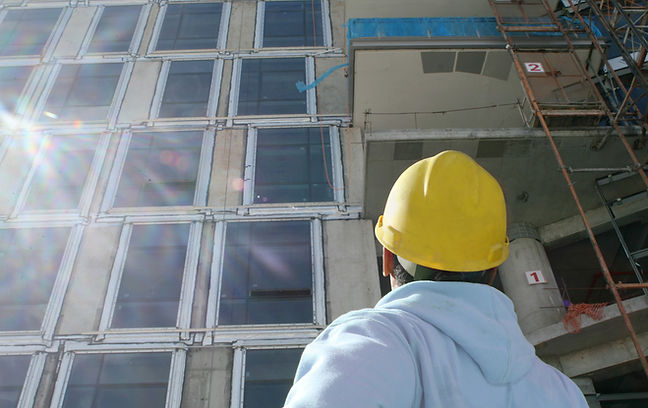About

HSE CONSULTING
SERVICES
READ OUR STORY
A popular questions that arises often is how to cost effectively lower accidents/incidents
This is a rather simplistic question that is on the mind of many. But still, how is it possible to be efficient and effective in lowering down accidents and incidents within your company. And that's a bit more complicated. It starts with a real understanding of where you are as a company and where you want to go. Analysis of your actual accidents and incidents is primordial to developing a strategy. Which will often lead to preventive measures as on a structural level as on an individual level. Setting up or improving a safety culture will often have a catalytic effect.
It is wise to go beyond mere compliance to provide oversight of every facet of safety management on your jobsites. We will work with you to develop a culture of safety, educating everyone about the importance of rules, monitoring performance, and continuously improving all activities. Thus developing a full safety program. Having a comprehensive program assures your company and local regulators that you take safety seriously. It can reduce your liability exposure and bolster your defense if litigation occurs. And when workers feel safer, they’re more efficient and productive.
Aegerius provides a proven, more effective way to set a clear direction for the safety program, organize your efforts, and provide accountability at every level. Roles and responsibilities for everyone involved the delivery of the project are clearly communicated at the beginning. We approach your project and everyone involved objectively – ensuring safety is our only motivation – and simplify processes.
Addresses All Project Safety Needs
Our process assures you that every aspect of safety is being addressed, including:
-
Safety program policy statement documenting the owner’s emphasis on safety and responsibilities for implementation.
-
Safety management, providing a summary of the entire Contractor Safety Management Process.
-
Roles and responsibilities for all individuals and entities involved in the process.
-
Safety pre-planning during the planning stages to develop a safety plan for use during construction.
-
Safety prequalification, comparing each contractor’s past performance to safety criteria.
-
Contractor negotiation process for safety requirements that detail expectations and how safety information will be collected.
-
Contract document detailing safety requirements in writing.
-
Site communication to detail how safety information will be shared with on-site contractor supervision.
-
Site orientation, spelling out how safety information will reach contractor personnel.
-
Pre-job hazard analysis, documenting hazard identification and corresponding safety efforts.
-
Contractor accident/incident investigation to document root causes and determine corrective and preventive actions.
-
Verification procedures to audit contractor implementation of training, substance abuse, and field practice requirements.
-
Safety communication, detailing the network for communicating safety information
-
Site safety visits with reporting
-
Setting up a database/statistics and follow up system
